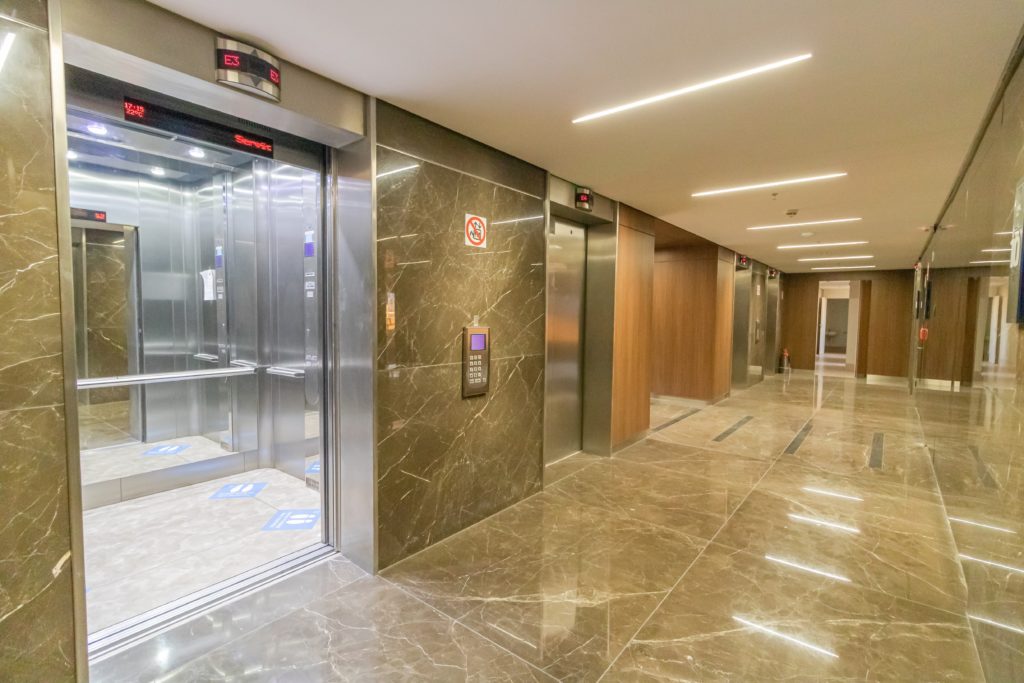
By Yvonne Milosevic
Labor Day came and went, along with many companies’ fantasy of having their full workforce bustling in the proverbial halls. The reason? Well, because many of us have fallen hard for the WFH lifestyle. Returning to the office only to sit alone in front of a screen won’t cut it. The best way to get people back into the office is by providing the things missing from remote work.
“In today’s hybrid world, ‘work’ is increasingly something people do, not a place they go,” says Chris Capossela, Microsoft’s chief marketing officer. Capossela’s piece for Harvard Business Review explains why it’s time to rethink the office’s role for businesses and employees. As he rightly points out, “There’s no going back to 2019.”

In July and August, Microsoft surveyed 20,000 people in 11 countries to understand the needs of today’s distributed workforce. When asked what would motivate them to come back into the office, the answer was simple. Forget about perks like foosball and nap pods—the overwhelming motivator was social time with coworkers. Here’s what Microsoft found:
- 85% of employees would be motivated to go into the office to rebuild team bonds.
- 84% of employees would be motivated to go into the office if they could socialize with coworkers.
- 74% of employees would go to the office more frequently if they knew their “work friends” were there.
- 73% of employees would go to the office more frequently if they knew their direct team members would be there.
To meet these social needs, Capossela says, “Leaders need to prioritize building and rebuilding connections between people to fuel creativity, teamwork, and strong support systems that empower them to tackle challenges.”
Managers: Do This to Get Your Team Back into the Office
Evidence shows that productivity not only held steady but surged worldwide during the darkest days of the pandemic. Nonetheless, many managers still don’t completely trust their staff is working hard when out of sight. Hence, the push to get everyone back into the office where they can keep an eye on them. But that motivation could backfire, making employees resentful and leading them to engage in Shakespearean-level “productivity theater.”

Instead, Capossela says managers need to strip away the busy work and encourage employees to spend office time reconnecting. “Understand that this in-person socializing is not taking away from productivity—it’s fueling innovation, psychological safety, retention, and more,” he explains.
Setting the stage for meaningful connections at all levels should be at the core of every organization’s RTO plans. —Chris Capossela
Team leaders should also create new rituals that unite their staff and strengthen connections. (Friday afternoon Happy Hour is a popular option.) Liz Fosslien and Mollie West Duffy, co-authors of the book Big Feelings: How to Be Okay When Things Are Not Okay, write that establishing shared rituals can improve team well-being and resilience.
“When everything feels up in the air, rituals can help employees feel more grounded — and less stressed,” they write. “It doesn’t matter what the ritual is: Research shows that simply doing the same thing at the same time can improve mental health.”

Finally, companies should heed the survey findings regarding younger employees’ desires. “Gen Z and Millennial workers see the office as an opportunity to build relationships with senior leadership and their direct managers,” Capossela notes.
“Build in additional intentional in-person time for connection when onboarding new hires,” he suggests. “And for early-in-career employees, think about creating focused events to help them build their networks.”
A Roadmap for the Future
Hybrid work is likely to stick around—for some roles, at least. But as much as we love working from home, we still crave those impromptu chats at the water cooler/nitro cold brew/kombucha tap. In the future, the most successful companies will be those that best meet workers’ social needs while allowing them the flexibility and autonomy they desire.


